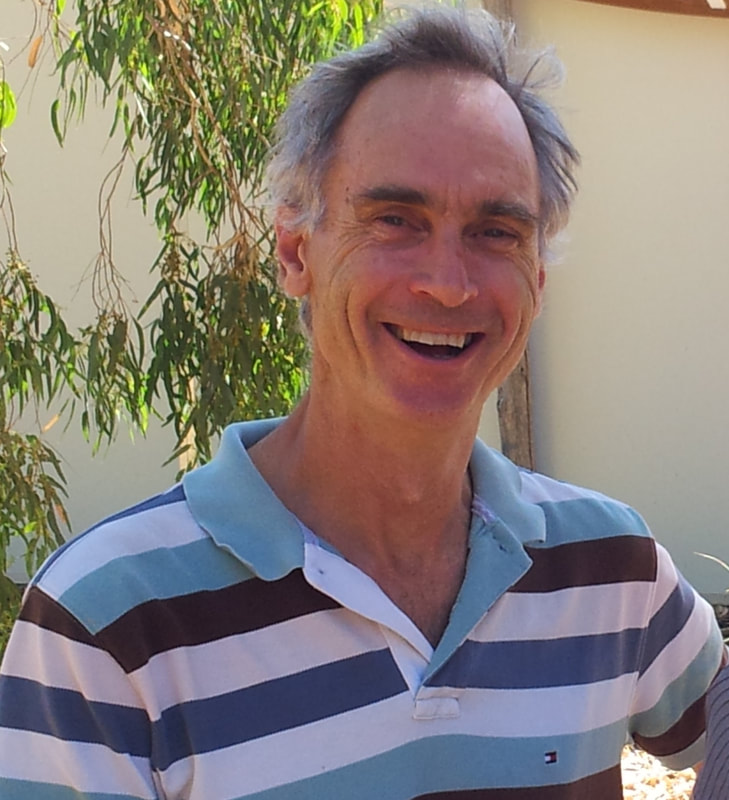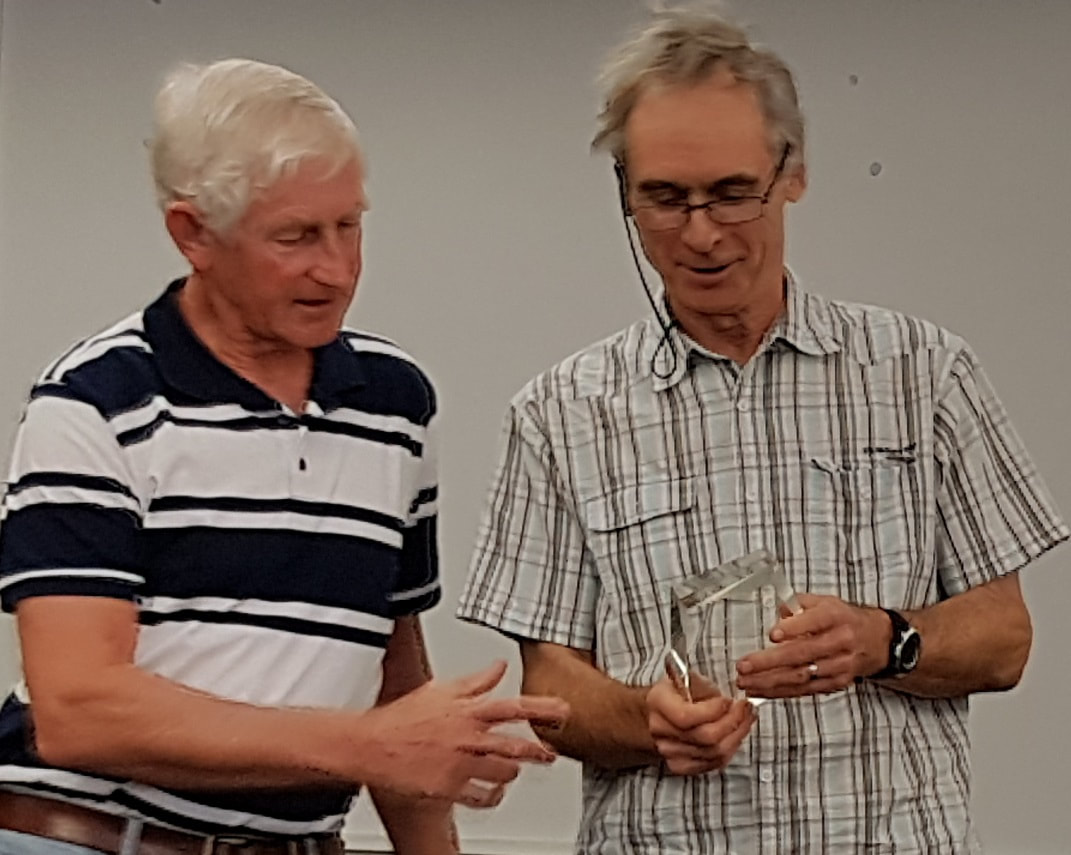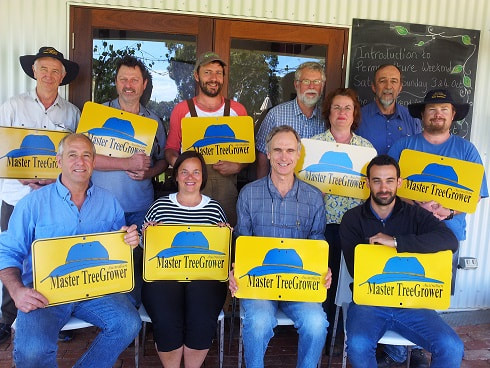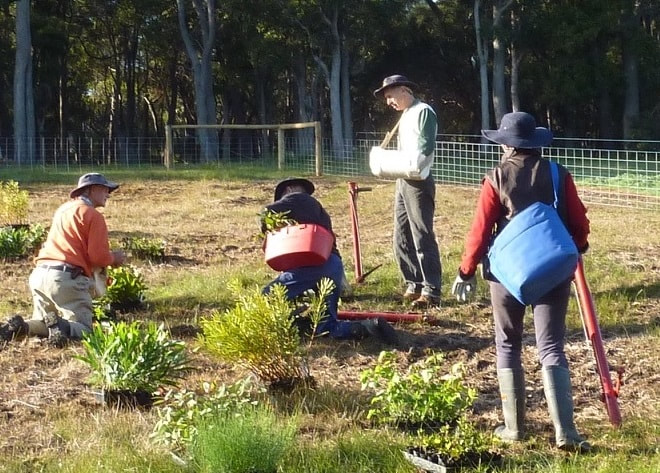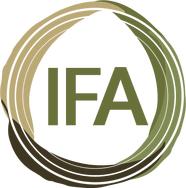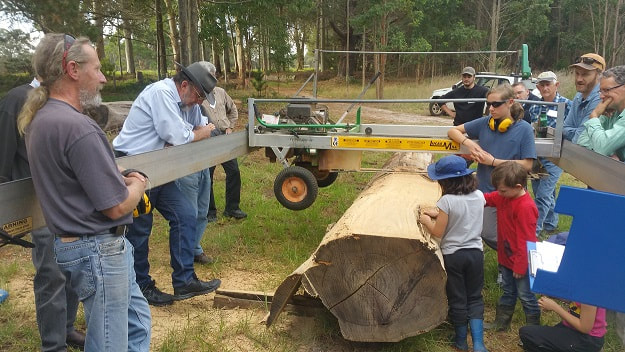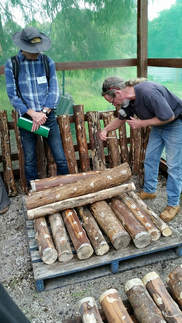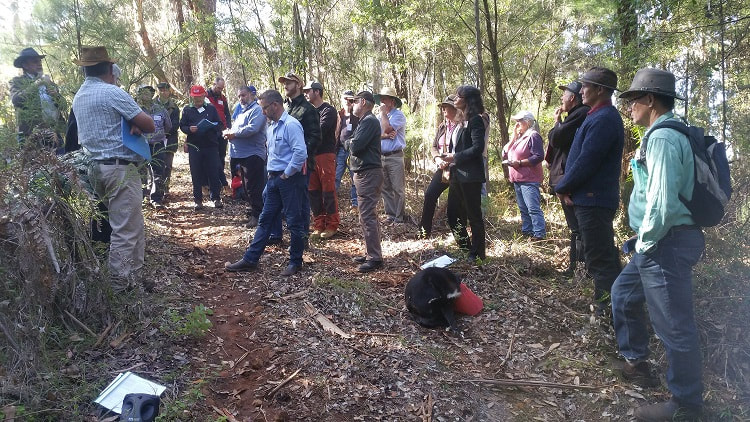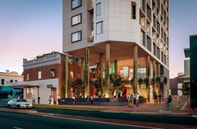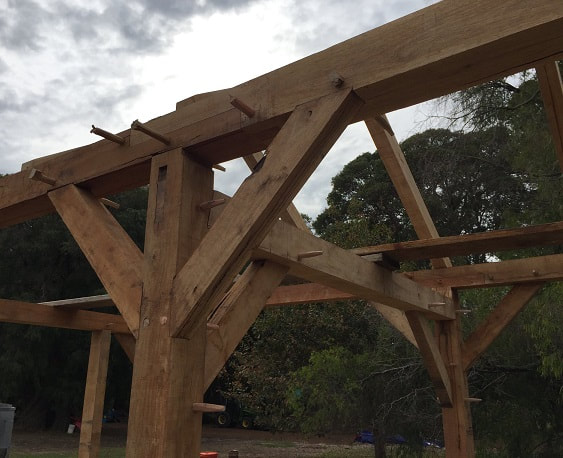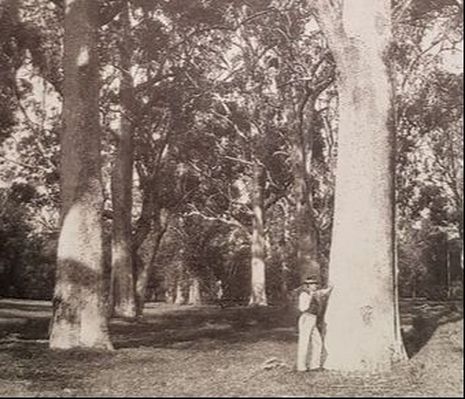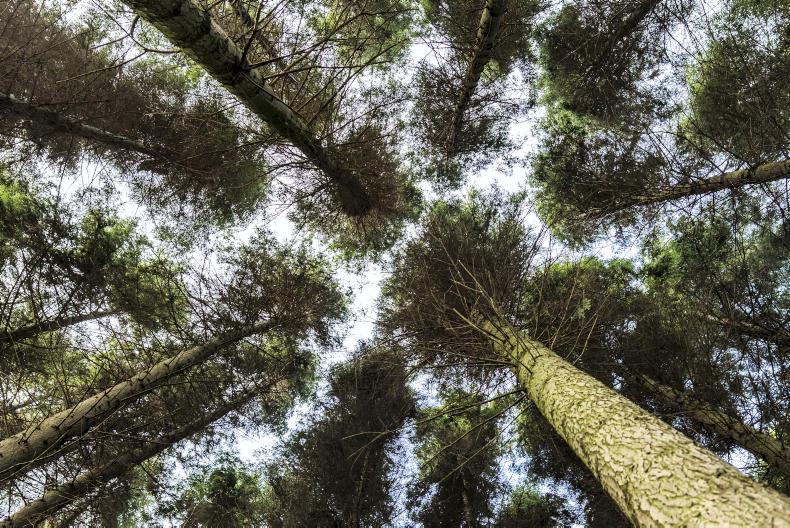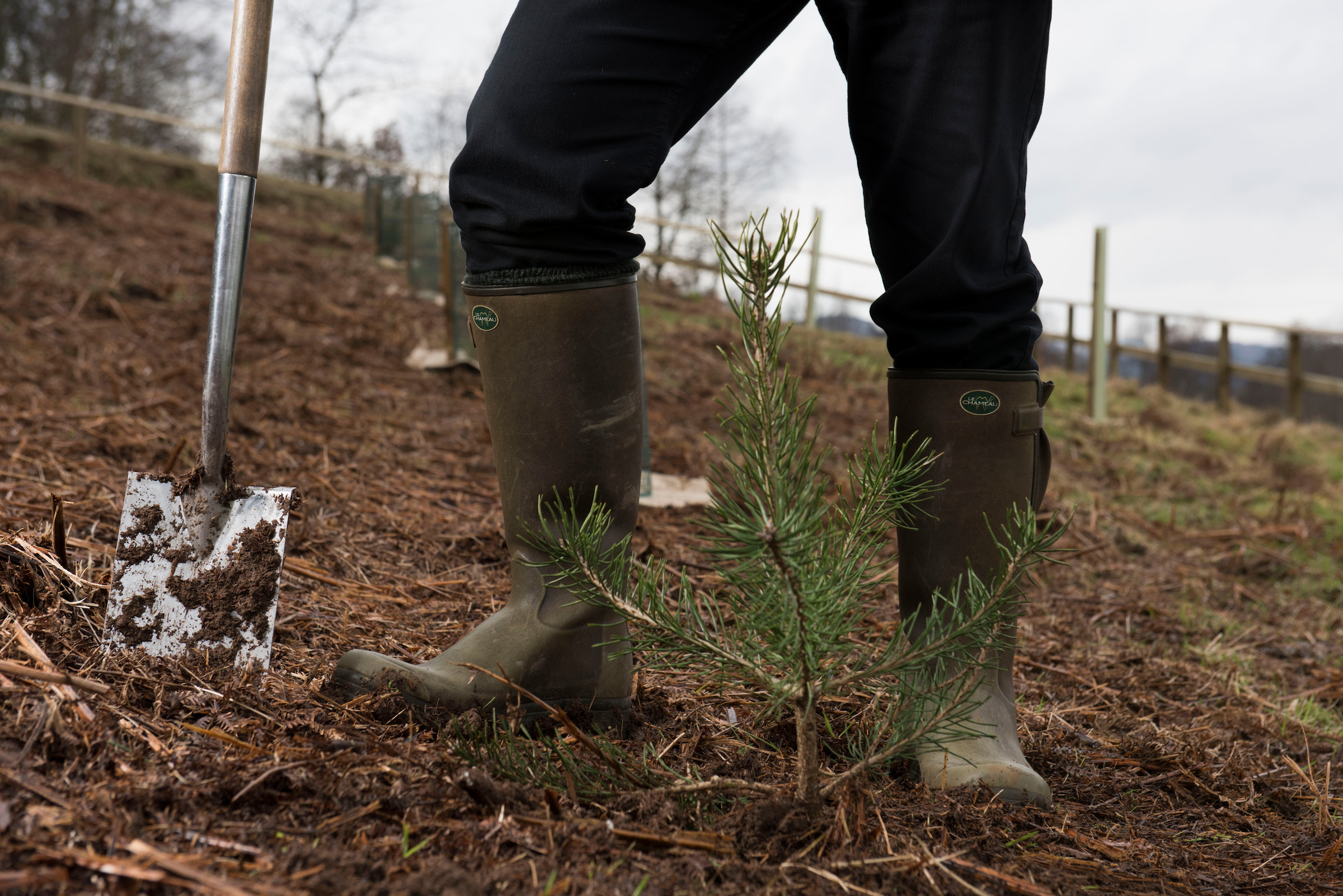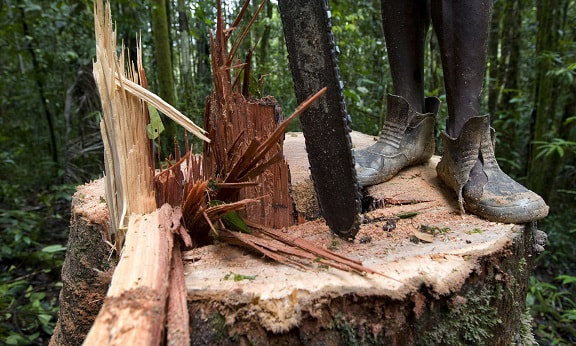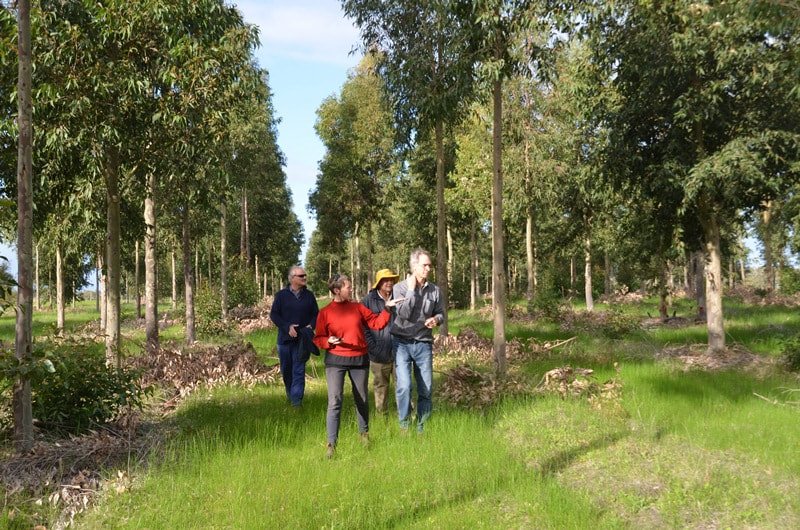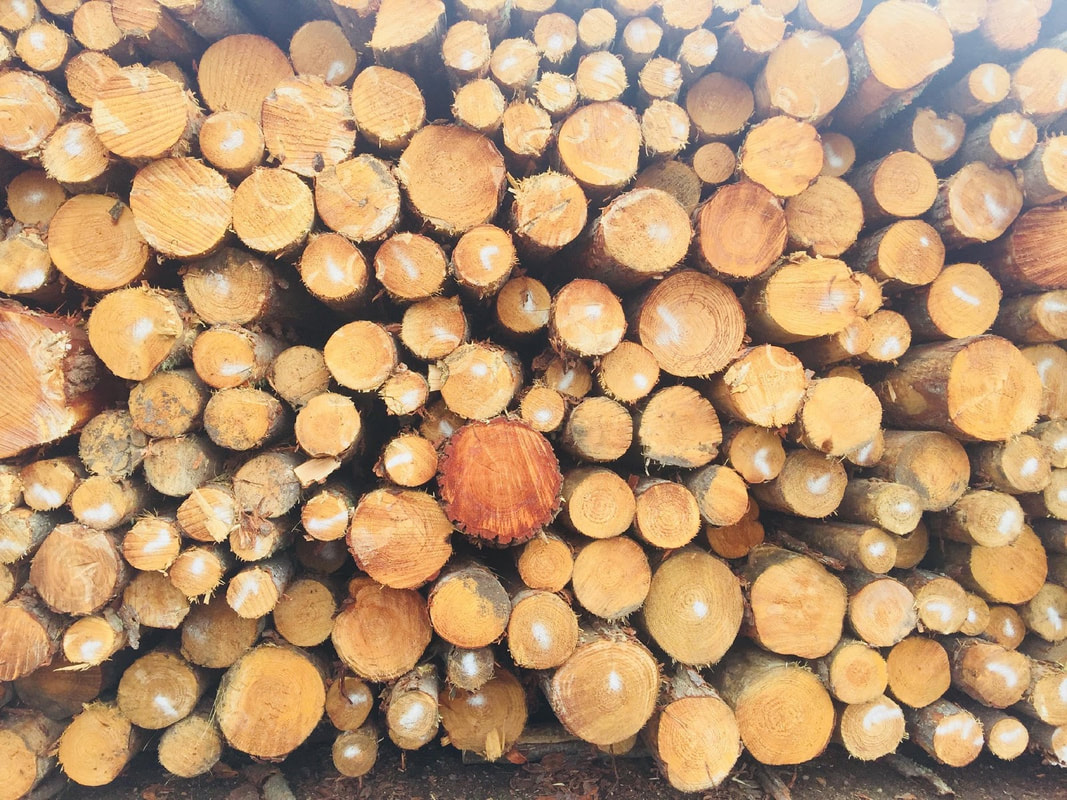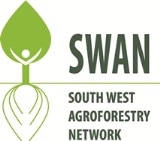SWAN’s heart and soul, Richard Moore, resigned as Executive Officer on 30th June 2018.
Richard has changed course to devote more time to other interests including folk music and upgrading his properties. His recent qualification as “Grandfather” probably had much to do with his decision.
Not having his guidance and constant energy for SWAN’s objectives is already being deeply felt.
It is hard for people to recall a time when Richard was not central to SWAN’s operation. He pioneered “farm forestry” in the South West, working as a forester in several Government Departments until he became Executive Officer for Australian Forest Growers, and later on, SWAN.
Richard had a deep knowledge of the forest sector and a network of contacts that reached into all organisations allied to farm forestry in the South West. He developed the Master Tree Grower courses and Peer Group Mentoring Programmes in Western Australia. These are the key support services offered to landowners seeking help with silviculture practices on their properties.
His wide circle of friends and professional colleagues wish him well in his new life, and look forward to catching up with him at future field days and farm forestry events.
Duncan Beggs
President
South West Agroforestry Network, a branch of Australian Forest Growers (AFG)
Richard has changed course to devote more time to other interests including folk music and upgrading his properties. His recent qualification as “Grandfather” probably had much to do with his decision.
Not having his guidance and constant energy for SWAN’s objectives is already being deeply felt.
It is hard for people to recall a time when Richard was not central to SWAN’s operation. He pioneered “farm forestry” in the South West, working as a forester in several Government Departments until he became Executive Officer for Australian Forest Growers, and later on, SWAN.
Richard had a deep knowledge of the forest sector and a network of contacts that reached into all organisations allied to farm forestry in the South West. He developed the Master Tree Grower courses and Peer Group Mentoring Programmes in Western Australia. These are the key support services offered to landowners seeking help with silviculture practices on their properties.
His wide circle of friends and professional colleagues wish him well in his new life, and look forward to catching up with him at future field days and farm forestry events.
Duncan Beggs
President
South West Agroforestry Network, a branch of Australian Forest Growers (AFG)
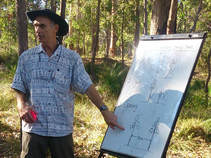 Teaching a new cohort of tree lovers
Teaching a new cohort of tree lovers To recognise the departure of Richard Moore, our hard working and conscientious Executive Officer, the committee presented him with a gift at his last Committee meeting on Friday 18th May.
This was in recognition of Richard’s wonderful contribution to AFG and SWAN, whether in a voluntary or paid E.O. role, and more so for his work on building relationships with private tree growers or stakeholders around the State during his active forestry career.
Bob Hingston worked with Richard since 1979 so knows him pretty well and said:
"His early work with agroforestry research laid the foundation to working with farmers around the State and he became one of Australia’s early pioneer agroforestry researchers."
Richard was also instrumental in bringing the Australian Master Tree Growers Program to WA in 1998 as part of the CALM Farm Forestry Unit strategy to broadening landowner’s empowerment and education of farm forestry. More recently this had led to bringing the Peer Group Mentor Project to WA.
This was in recognition of Richard’s wonderful contribution to AFG and SWAN, whether in a voluntary or paid E.O. role, and more so for his work on building relationships with private tree growers or stakeholders around the State during his active forestry career.
Bob Hingston worked with Richard since 1979 so knows him pretty well and said:
"His early work with agroforestry research laid the foundation to working with farmers around the State and he became one of Australia’s early pioneer agroforestry researchers."
Richard was also instrumental in bringing the Australian Master Tree Growers Program to WA in 1998 as part of the CALM Farm Forestry Unit strategy to broadening landowner’s empowerment and education of farm forestry. More recently this had led to bringing the Peer Group Mentor Project to WA.
Cath Miller met Richard at the Master TreeGrower Course held in Margaret River in 2014, and he so inspired her, she became a Mentor in the Peer Group Mentor Program and took on editing the newsletter, website and facebook page, she said:
"Meeting Richard, has literally changed my life! His enthusiasm for forestry and his teaching skills opened my eyes on the potential for trees on our farm. We thinned and pruned the 3ha spotted gum plantation and planted casuarina cumminghamiana on the southern boundary as a windbreak, screen and fodder plant. We planted tagasate, Cas. Obesa and Acacia melanoxylon as fodder belt for goats and sheep and a variety of flowering plants to attract birds and bees and just installed a couple of hives. We also planted a windbreak/shelter belt on the wetter part of the property with Obesa and E Grandis with a view to planting fruit/nut trees in the future and planted a windbreak for the oat paddock with E Utilis, E Leucoxylon Rosea, Grevillia Robusta and C Citriodora and a small patch of ironbark E Tricarpa for sawlogs. We then applied for and got funding for a revegetation project over 2.2 ha and are now looking at managing the remnant vegetation to provide better regeneration of Jarrah with selective thinning."
Cath Miller met Richard at the Master TreeGrower Course held in Margaret River in 2014, and he so inspired her, she became a Mentor in the Peer Group Mentor Program and took on editing the newsletter, website and facebook page, she said:
"Meeting Richard, has literally changed my life! His enthusiasm for forestry and his teaching skills opened my eyes on the potential for trees on our farm. We thinned and pruned the 3ha spotted gum plantation and planted casuarina cumminghamiana on the southern boundary as a windbreak, screen and fodder plant. We planted tagasate, Cas. Obesa and Acacia melanoxylon as fodder belt for goats and sheep and a variety of flowering plants to attract birds and bees and just installed a couple of hives. We also planted a windbreak/shelter belt on the wetter part of the property with Obesa and E Grandis with a view to planting fruit/nut trees in the future and planted a windbreak for the oat paddock with E Utilis, E Leucoxylon Rosea, Grevillia Robusta and C Citriodora and a small patch of ironbark E Tricarpa for sawlogs. We then applied for and got funding for a revegetation project over 2.2 ha and are now looking at managing the remnant vegetation to provide better regeneration of Jarrah with selective thinning."
Richard Replies:
"Firstly, it has been an absolute pleasure working with SWAN and with each of you over the past eight years or so. For me the things we do as an organisation feel really worthwhile. It gives me great satisfaction to see our members and landowners in general sharing and learning together.
From my perspective SWAN has a bright future. There is such a diversity of approaches to and a range of benefits from using trees in rural landscapes - and, with that, come many opportunities for SWAN.
I look forward to catching up at future SWAN events."
From my perspective SWAN has a bright future. There is such a diversity of approaches to and a range of benefits from using trees in rural landscapes - and, with that, come many opportunities for SWAN.
I look forward to catching up at future SWAN events."
